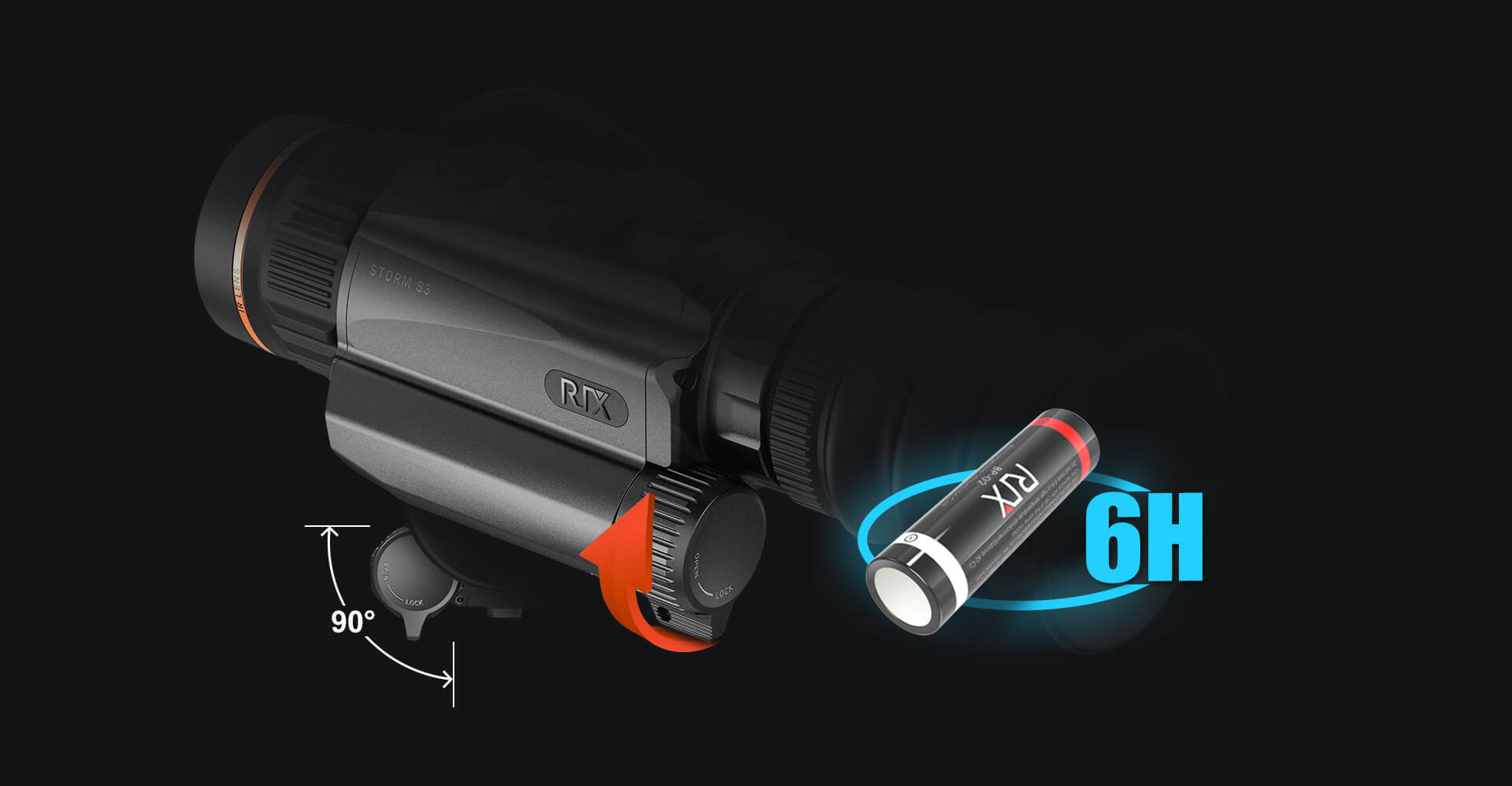In the realm of modern optics, thermal night vision scopes stand out as a remarkable technological advancement. These devices allow users to see in complete darkness by detecting heat emitted from objects. But how exactly do they work, and what makes them unique compared to traditional night vision devices? This article delves into the science behind thermal night vision scopes, providing a comprehensive understanding of their functionality and applications.

Understanding Thermal Imaging Technology
At the core of thermal night vision scopes is thermal imaging technology, which operates on the principle of infrared radiation. All objects emit infrared radiation as a function of their temperature. Thermal scopes detect this radiation and convert it into a visible image. This process involves several key components:
- Thermal Sensor: The heart of the scope, this sensor captures the infrared radiation and converts it into an electronic signal.
- Image Processing Unit: This unit processes the electronic signals and creates a thermal image, highlighting temperature differences.
- Display Screen: Finally, the processed image is displayed on a screen, allowing the user to see the thermal signature of objects.
What Makes Thermal Night Vision Scopes Unique?
Unlike traditional night vision devices that amplify ambient light, thermal night vision scopes provide several distinct advantages:
- All-Weather Capability: Thermal scopes can function in complete darkness, fog, rain, and smoke, making them versatile for various environments.
- Detection Range: They can detect heat signatures from significant distances, allowing users to identify targets that would be invisible to the naked eye.
- Non-Invasive: Thermal imaging does not rely on visible light, making it less likely to alert subjects in surveillance or hunting scenarios.
Applications of Thermal Night Vision Scopes
The applications of thermal night vision scopes are vast and varied. They are widely used in:
- Hunting: Hunters utilize thermal scopes to track game during nighttime, enhancing their chances of a successful hunt.
- Law Enforcement: Police and military personnel employ these devices for surveillance and tactical operations, especially in low-light conditions.
- Search and Rescue: Thermal imaging is invaluable in locating missing persons or victims in disaster scenarios.
Choosing the Right Thermal Night Vision Scope
When selecting a thermal night vision scope, consider factors such as resolution, refresh rate, and battery life. Higher resolution provides clearer images, while a faster refresh rate ensures smooth viewing. Additionally, look for scopes that offer user-friendly features and robust construction for durability.
For those interested in exploring high-quality options, visit  to discover a range of thermal night vision scopes that meet various needs.
to discover a range of thermal night vision scopes that meet various needs.
In conclusion, thermal night vision scopes represent a significant leap in optical technology, offering unparalleled advantages for various applications. Understanding how they work and what sets them apart can help users make informed decisions when selecting the right equipment for their needs.








